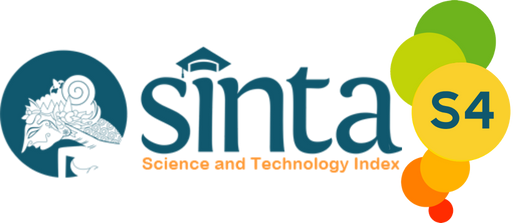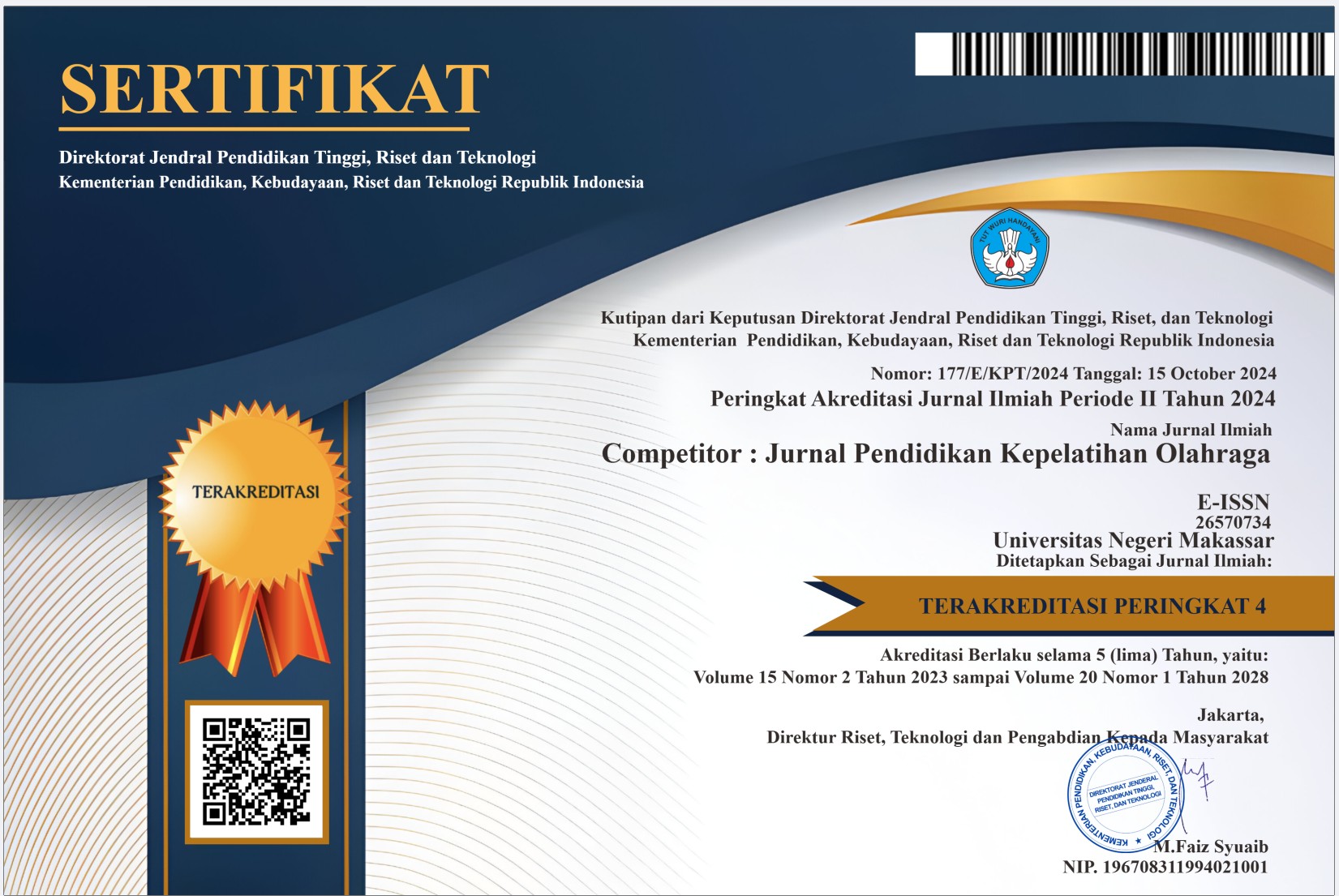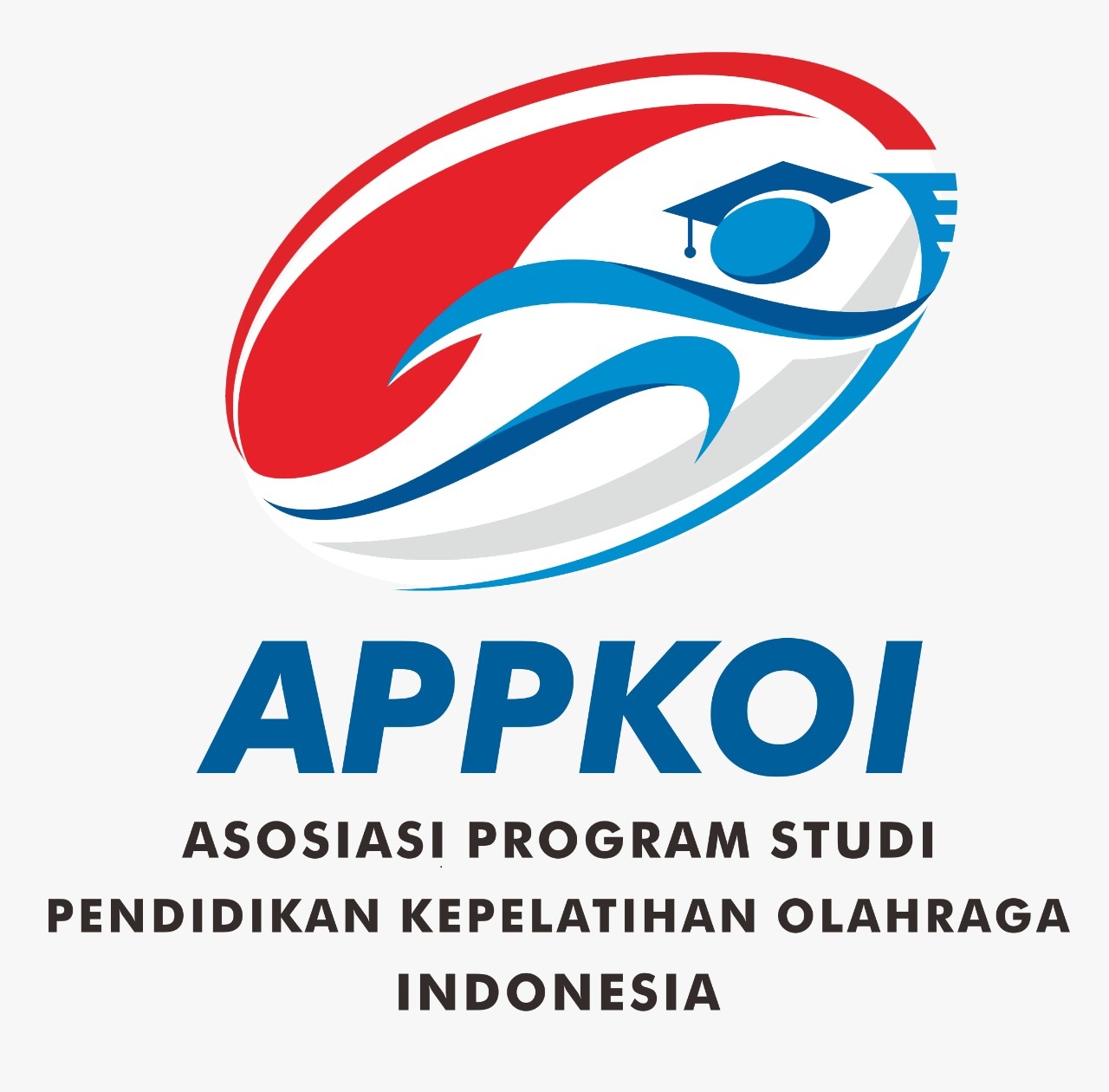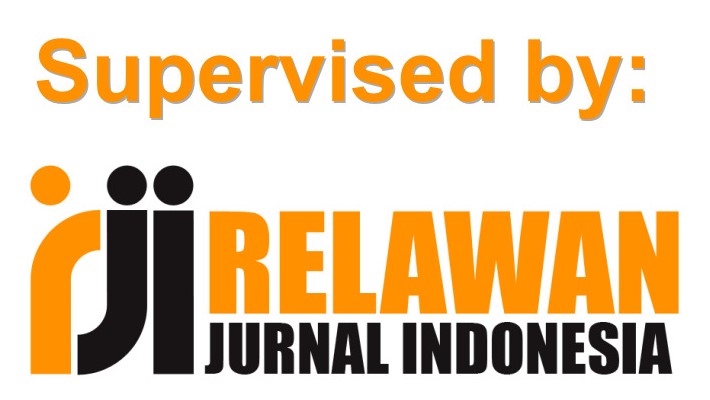Implementation of Scientific Approach in Pencak Silat Learning to Develop Motor Skills and Discipline Values of Students
DOI:
https://doi.org/10.26858/cjpko.v17i1.74060Keywords:
Pencak Silat, Scientific Approach, Motor Skills, Discipline Values, Physical Education.Abstract
This study investigates the implementation of the scientific approach in Pencak Silat learning to enhance motor skills and discipline values among tenth-grade students at MAN 1 Makassar. Employing a quasi-experimental design with a non-equivalent control group pretest-posttest model, the research involved 60 students divided equally into experimental and control groups. The experimental group received Pencak Silat instruction using a scientific approach, while the control group followed a conventional model. Pretest results showed similar baseline scores between groups for both motor skills (Mean = 65.4, SD = 6.8 for experimental; Mean = 64.9, SD = 7.2 for control) and discipline values (Mean = 70.1, SD = 5.6 for experimental; Mean = 69.8, SD = 5.9 for control). Posttest analysis revealed significant improvements in the experimental group for motor skills (Mean = 78.2, SD = 5.4) and discipline values (Mean = 82.6, SD = 4.9), compared to the control group (Motor Skills Mean = 70.5; Discipline Values Mean = 74.3). Independent sample t-tests confirmed statistically significant differences between groups (p < 0.001). The effect sizes were large (Cohen’s d = 1.45 for motor skills; 1.68 for discipline values), indicating a strong practical impact. These findings suggest that a scientific approach integrated into martial arts instruction is effective in fostering both physical competence and behavioural development. The study supports its inclusion in physical education curricula to promote holistic student growth.Published
2025-07-28
Issue
Section
Articles
License
Copyright (c) 2025 Imam Suyudi (Author)

This work is licensed under a Creative Commons Attribution 4.0 International License.
How to Cite
Implementation of Scientific Approach in Pencak Silat Learning to Develop Motor Skills and Discipline Values of Students. (2025). COMPETITOR: Jurnal Pendidikan Kepelatihan Olahraga, 17(1), 626-635. https://doi.org/10.26858/cjpko.v17i1.74060





















